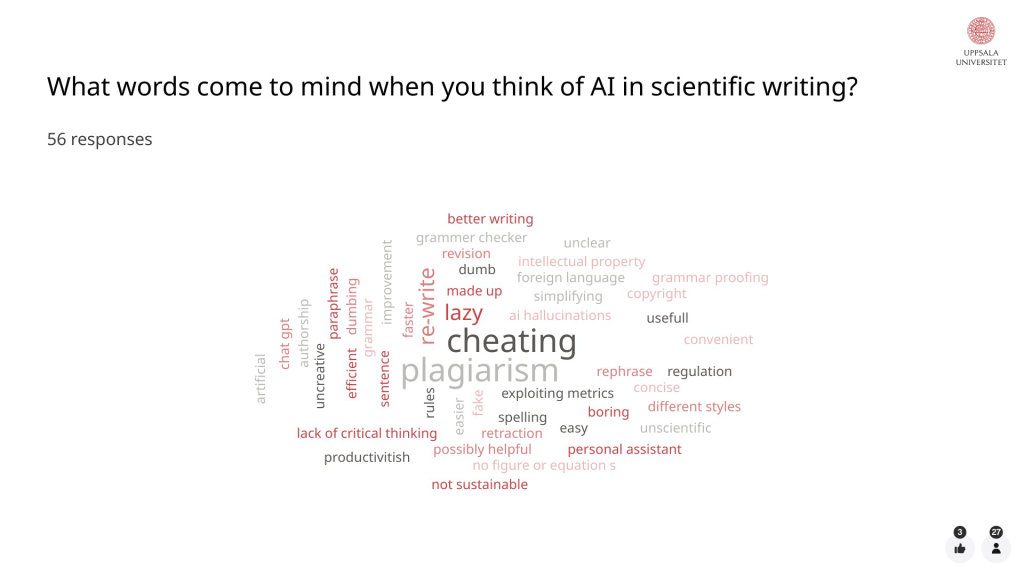Vi är stolta över att kunna meddela att DOME-konsortiet har beviljats fortsatt finansiering från Forte för att stärka forskningen kring patienters tillgång till sina journaler och delad hälsodata. Med den snabbt växande digitaliseringen av hälso- och sjukvården och den nya EU-förordningen om ett gemensamt European Health Data Space (EHDS) står vi inför en tid av stora förändringar och möjligheter.
Vad är DOME-konsortiet?
DOME (Deployment of Online Medical Records and eHealth Services) är ett forskningskonsortium som har varit en ledande aktör inom forskning om patienters tillgång till sin journal online och relaterade e-hälsotjänster sedan 2012. Konsortiet har producerat över 130 forskningspublikationer, varav mer än 30 publicerades under de senaste tre åren.
DOME är unikt genom att samla forskare från flera discipliner och olika karriärnivåer – från doktorander till professorer – inom områden som teknik, samhällsvetenskap, medicin och humaniora. Konsortiet har en stark nordisk förankring men verkar också internationellt, med samarbeten i Europa och USA.
Varför är DOME-konsortiet mer relevant än någonsin?
Den nya EU-förordningen om European Health Data Space (EHDS), som införs 2024, kommer att förändra hanteringen av hälsodata i hela Europa. Den syftar till att:
- Skapa en gemensam standard för hur hälsodata delas mellan EU-länderna.
- Ge patienter ökad kontroll över sin egen hälsodata.
- Stärka patientsäkerhet och integritetsskydd.
Men även om Sverige ligger långt fram i digital journalåtkomst via 1177.se, finns flera utmaningar där DOME-konsortiets forskning kan bidra, bland annat:
- Ojämlik tillgång till journaler – Alla vårdgivare är inte anslutna, vissa kliniska områden (t.ex. psykiatri) exkluderas fortfarande.
- Brist på ombudsfunktioner – Vuxna patienter kan i dag inte ge en anhörig fullständig tillgång till sin journal.
- Begränsade möjligheter för patientinvolvering – Patienter kan inte kommentera sin journal, flagga felaktigheter eller tillföra egna hälsodata.
- Informationssäkerhet och cyberskydd – Hur skyddar vi patientdata i en tid av ökande digitala hot?
DOME-konsortiet har en unik möjlighet att inte bara bidra med forskning utan också att påverka hur dessa frågor hanteras på både nationell och europeisk nivå.
Vad innebär den nya finansieringen?
Den nya finansieringen från Forte innebär att DOME-konsortiet kan:
- Fördjupa och bredda samarbetet med nordiska och europeiska forskare.
- Vidareutveckla internationella samarbeten med nya kontakter i Storbritannien, Tyskland, Bulgarien, Kroatien och Georgien.
- Bidra till den svenska implementeringen av EHDS genom samarbete med E-hälsomyndigheten och andra aktörer.
- Delta i policy- och beslutsprocesser genom internationella konferenser och seminarier.
Vill du veta mer?
Vi ser fram emot att fortsätta dela med oss av våra forskningsresultat och insikter genom seminarier, konferenser och publikationer. Håll utkik på vår webbplats domeconsortium.org för uppdateringar och möjligheter att engagera dig i vårt arbete!
Rose-Mharie Åhlfelth, Maria Hägglund och Åsa Cajander leder DOME-konsotriet.
Tack till Forte för förtroendet – vi ser fram emot tre spännande år av forskning och samverkan!








